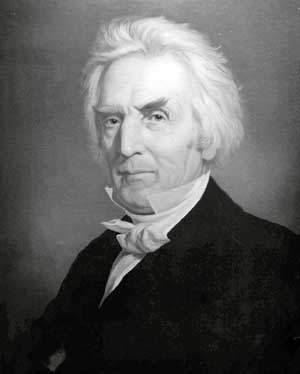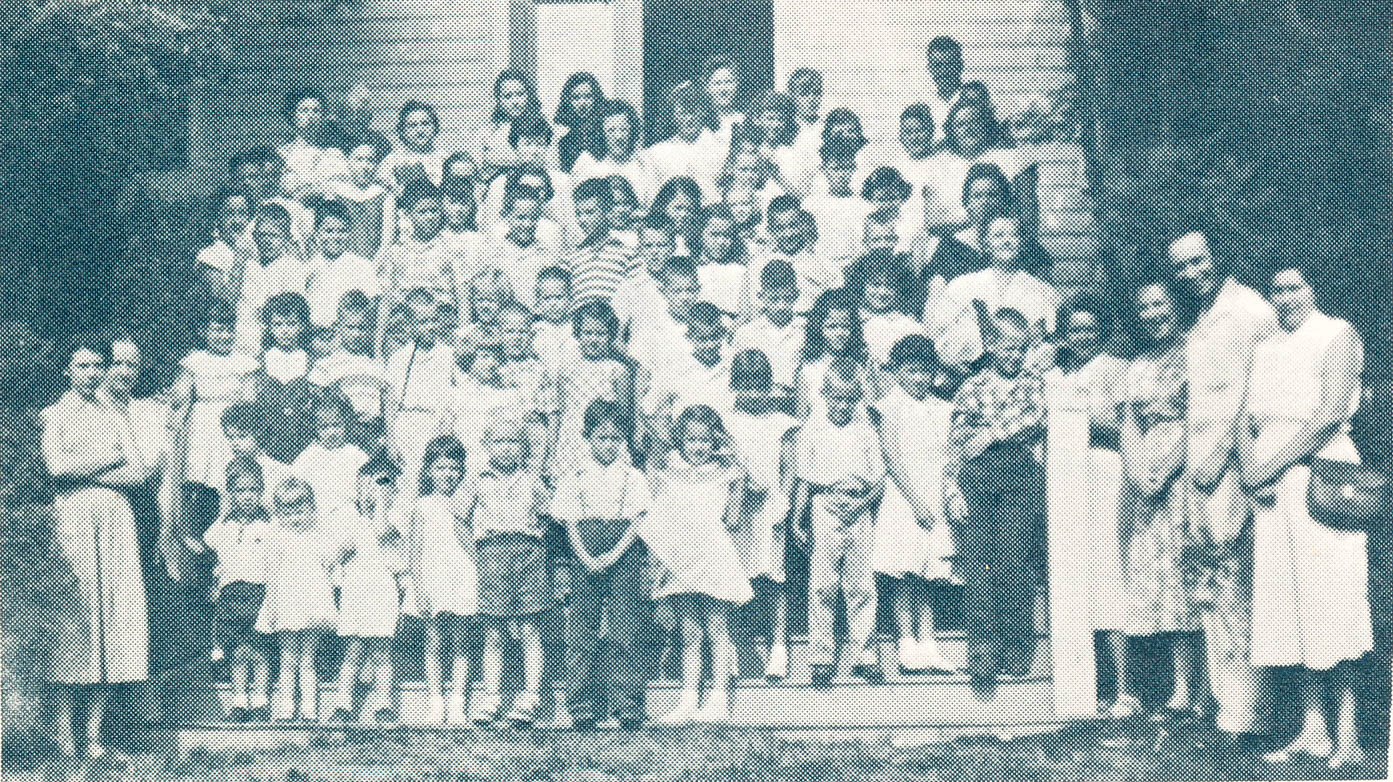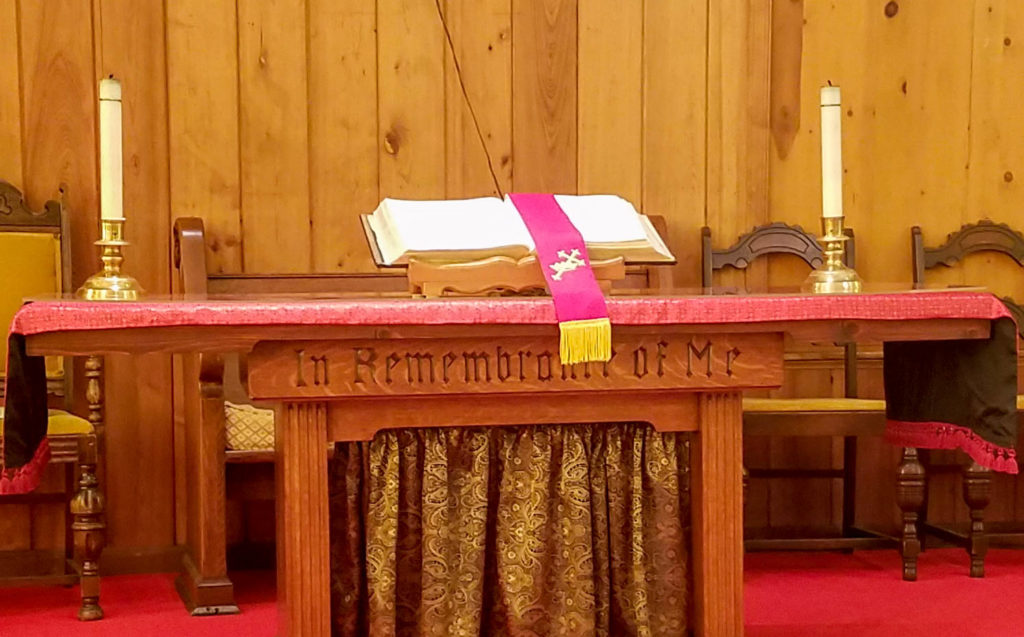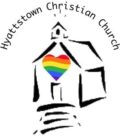Our History
Established in 1840
The historic town of Hyattstown was officially incorporated in 1809. It was named for Jesse Hyatt who owned the land (initially Hyatt’s Town). In 1834, Alexander Campbell (pictured on right) came to the area in March on a preaching tour. In 1837, trustees were appointed to build a church for “Disciples of Christ”, inspired by Alexander Campbell. In 1840, Hyattstown Christian Church (Disciples of Christ) was organized. The founders are: Eli Wolfe, William Richards, Charlotte Richards, Lavinia Wolfe, Sarah Hyatt, Sarah Price, and William E. Anderson. They initially met in homes. In 1845 the first church building, a log building, was erected on what is now the church cemetery, about a quarter mile south of the current building. Years later, Rev. Alfred N. Gilbert of Baltimore led the construction of the current church building. The lot was donated by Jacob Thomas and his wife of Baltimore. The cornerstone was laid in 1870. The cost to build the church was $3,000. It was dedicated on August 20, 1871 with a congregation of 40 members.

Alexander Campbell

Vacation Bible School August 1957
The Pastors of Hyattstown Christian Church
From 1840 to 1912, there were many ministers that served Hyattstown Christian Church. However, there is no complete record. The list is included in the button link with information on what is known about each individual. To date there have been 33 ministers that served as Pastor or Interim Pastor that we know of.
One of the challenges in researching Pastors from early in our history is that not all Pastors could afford to live on what a church could afford to give them. In fact, Alexander Campbell contended that those called should have a steady income from other sources. Thus, when researching a name of a historic person, often times their occupation would not be listed as “Pastor” or “Reverend” but rather often was “Farmer” or whatever their main source of income was, for the census takers. Since many of the names we have are not the only people of that name in the area, it is not possible to guarantee that those we find are “our” Pastors.
We also have no way of knowing if those on this list were residenced Pastors, or traveling preachers making the rounds coming from Pennsylvania, West Virginia or other adjacent states. The churches still to this day are under no obligation to call only Christian Church (Disciples of Christ) Pastors!
So, please forgive the blanks, and if you do know more about any of these empty spaces, please contact us!
The Altar of Hyattstown Christian Church
The base of the Hyattstown Christian Church altar table is the Communion Table first used by the old Ninth Street Christian Church in downtown Washington, D.C. This formidable congregation was divided between the suburbs. As a result, the building at 9th and D streets, NE was sold to a local congregation who had been displaced by the Southwest Freeway. Ninth Street’s congregation used the proceeds to build two new churches with the bulk of the congregation moving to become Henson Valley Christian Church and the rest of the funds went to Heritage Christian Church. Ninth Street moved from its building in 1964; worshipped temporarily at a church at 3d & A Streets, N.E.; bought land in Oxon Hill and met at a local school until the church building (Henson Valley) was erected in ’68-’69. Henson Valley was the repository for the bulk of Ninth Street’s furnishings and history. However, the congregation of 9th Street gave their Lord’s Table to Bethesda Christian Church which was located on Wisconsin Avenue in Montgomery County. Bethesda Christian Church used this old Lord’s Table in their vestibule as a lovely literature table.
In 1985, when Bethesda Christian Church voted to end its active life, they very generously gave away an infinite amount of valuables to other congregations in the Capital Area Region. Hyattstown Christian Church was very grateful to receive the Holy Table from the old Ninth Street Christian Church, and later, Bethesda.
To accommodate all the items that we place on the altar table, an old flush door was placed on the top of the Table, and was concealed by the colorful altar covers.
Jim Miller, a congregant at the time, added new trim and stained the old top of the table, transforming it into an altar, and preserving the carved words “IN REMEMBRANCE OF ME”.

The Altar of Hyattstown Christian Church

